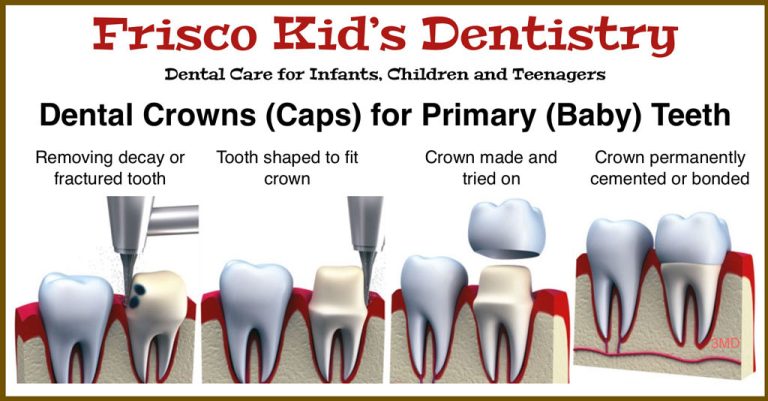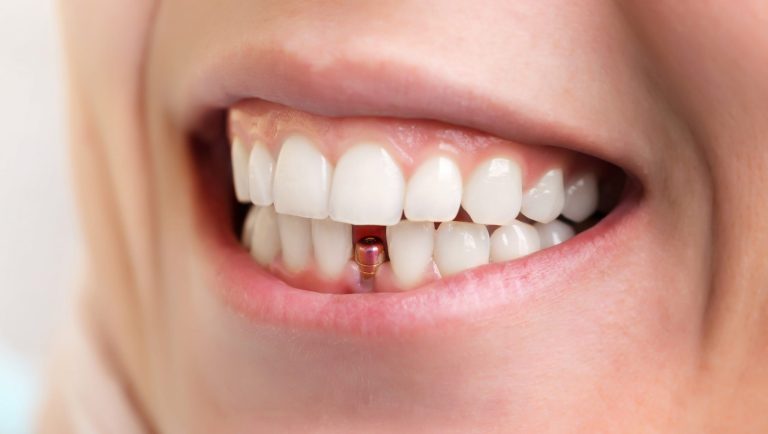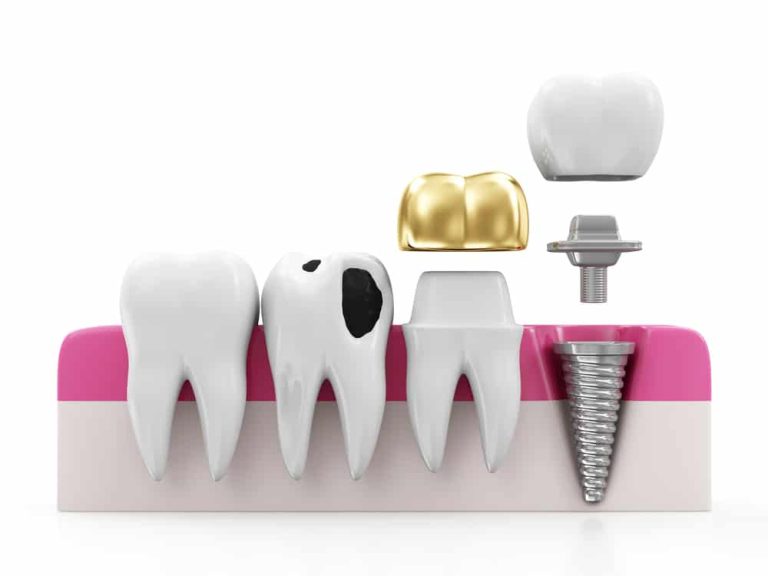Dental Crown Overhang: What Is It Actually?
Last Updated on 6 months by DR. ALBIN SIPES
Dental crown overhang occurs when the crown extends beyond the natural tooth structure. It can lead to various problems and complications if not addressed promptly.
A dental crown is a custom-made cap placed over a damaged or decayed tooth to restore its shape, strength, and aesthetics. While dental crowns are designed to fit snugly and precisely on the tooth, there are cases where the crown may extend beyond the tooth structure, resulting in overhang.
Dental crown overhang can occur for various reasons, such as improper trimming or shaping, incorrect placement, or poor adaptation of the crown margins. Regardless of the cause, it is crucial to address this issue as it can lead to various problems. This article will explore the causes, symptoms, and potential complications of dental crown overhang. We will also discuss the treatment options available to resolve this issue effectively.
What Is Dental Crown Overhang?
Dental crown overhang refers to the dental crown extending beyond the natural tooth structure. This occurs when the crown is not fitted correctly or positioned. Dental crown overhang can lead to various problems, including gum irritation, decay, and difficulty cleaning the affected area.
The causes of dental crown overhang can be improper placement, inadequate preparation of the tooth, or the use of an ill-fitting crown. The overhang can negatively impact oral health by trapping food particles, allowing bacteria to thrive, and potentially leading to gum disease or tooth decay.
Common signs and symptoms of dental crown overhang include swelling, redness, sensitivity, and difficulty flossing or brushing around the affected area. If you experience any of these symptoms, it is essential to consult with a dentist to correct the issue and maintain proper oral health.
Understanding The Importance Of Correcting Dental Crown Overhang
Understanding the importance of correcting dental crown overhang is crucial for maintaining a confident smile. Dental crown overhang can negatively impact the aesthetics of your teeth, causing an uneven appearance and potentially leading to complications. Untreated dental crown overhang can increase the risk of gum inflammation, decay, and oral infections.
Seeking professional treatment is essential to address this issue on time. Dentists have the expertise to properly remove the overhanging portion of the crown, enhancing the overall appearance of your smile and promoting oral health. It is crucial to prioritize correcting dental crown overhang to prevent potential complications and ensure a beautiful, natural-looking smile.
Regular check-ups with your dentist can help identify any issues and allow for prompt treatment.
The Best Solutions For Correcting Dental Crown Overhang
Dental crown overhang can be corrected through professional methods such as adjusting or replacing the crown. Another solution is dental crown cement removal, followed by reseating the crown properly. For those experiencing discomfort, homecare remedies can help alleviate the issue.
It is crucial to seek consultation and treatment options from a dentist specializing in dental crown overhang. Individuals can address the problem effectively and improve their oral health by following these steps.
Achieving A Perfect Smile With Dental Crown Overhang Resolution
Achieve a flawless smile by resolving dental crown overhang, benefitting confidence and oral health. Dental crown overhang treatment restores the smile’s aesthetics and function, providing long-term advantages.
Frequently Asked Questions Of Dental Crown Overhang
What Are The Symptoms Of A Dental Crown Overhang?
The symptoms of a dental crown overhang may include gum inflammation, sensitivity or pain while biting, difficulty in flossing, and swollen or bleeding gums. It’s essential to see your dentist if you experience any of these symptoms to get proper treatment.
Can A Dental Crown Overhang Cause Problems?
Yes, a dental crown overhang can cause various problems. The overhang can lead to gum disease, tooth decay, and eating discomfort. It can also trap food particles and bacteria, increasing the risk of oral health issues. Seeking professional help is essential to address the problem promptly.
How Is A Dental Crown Overhang Treated?
Your dentist can treat a dental crown overhang. The procedure typically involves adjusting the crown to ensure a proper fit and eliminating the overhang. This may require removing a small portion of the crown.
Can help prevent and detect crown overhangs early.
Conclusion
Addressing dental crown overhang is crucial to maintaining optimal oral health. Overhanging dental crowns can lead to various issues, including gum irritation, decay, and difficulty maintaining oral hygiene. To prevent overhang, choosing an experienced and skilled dentist who ensures precise crown fit is important.
Regular dental check-ups are essential to identify and address any overhanging issues promptly. For those experiencing dental crown overhang, seeking professional help immediately is recommended to avoid further complications. Remember, thorough brushing, flossing, and using antibacterial mouthwash contribute to overall oral health and can help prevent overhang.
With careful attention and proactive measures, individuals can ensure their dental crowns remain securely in place, allowing for a healthy and confident smile for years.
For additional help, you can read this



